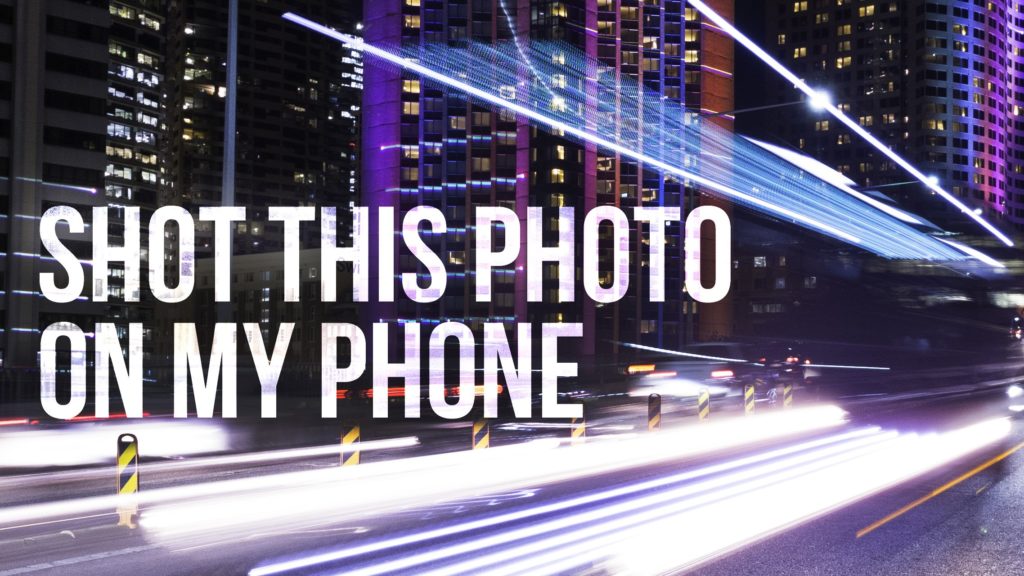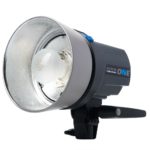Some suggestions/ideas for Long Exposure photography
- Set your camera to its lowest ISO
(usually ISO 100) to get the cleanest noise-free images. - Set the aperture to f/8 or narrower (like f/11, f/16) for better depth of field. Narrow apertures also help to slow down the shutter speed. In this type of photography, we need slow shutter speeds to capture the motion-blur of moving elements within the frame. There is no hard and fast rule for what qualifies as ‘slow shutter speed’, but with experience you will find a range starting between 1 second to around 300 seconds will get you the desired results.
- Scenes like light trails, cloud streaks, Milky Way and waterfalls can be generally photographed using shutter speeds of under 30 seconds (and most cameras offer shutter speeds up to 30 seconds).
When do you need ND filters for Long Exposure photography ?
ND filters are like dark sunglasses for lenses. They reduce the amount of light reaching the imaging sensor and thus allow us longer exposures even in bright sunlight.
ND filters are available in a square as well as round shape. The square type requires an adapter to keep the filter in front of the lens while the round-type can be directly screwed on to the lens using the filter thread. The most commonly used ND filters are ND3 (reduces the light by 3 stops) and ND6 (reduces the light by 6 stops). As an example, let’s see how a ND6 filter can help us to shoot using long exposure even in sunlight:
Let’s assume that the exposure for a particular scene at ISO 100 is 1/60 seconds at f/11. By attaching an ND6 filter, the shutter speed will reduce by 6-stops, that is, from 1/60 seconds to 1 second! In an emergency, you can even add both the filters (ND6 + ND3) for a 9-stop decrease in the light entering the lens. In our above example, with a 9-stop decrease in shutter speed, we would get an exposure of f/11 at 8 seconds!
Note for Long Exposure photography
1) We generally do not attach more than one filter to any lens, because that could, especially if the filters are not absolutely clean, degrade the image quality.
ote 2) Variable ND filters are also available, for example, one that covers 1 to 9-stops range.
suggestions: 1. Don’t be lazy. Carry your tripod.
2. Before buying ND filters, try to shoot during the ‘blue hours’ (roughly 30 minutes before sunrise and 30 minutes after sunset. Keep in mind that even though we call it blue hour, the time frame is just about 10-15 minutes). Since the light levels are low during this time, you could get some interesting results without the use of ND filters. I would further suggest that you try the evening blue hour as you are likely to get better colours at that time.
3. Avoid buying cheap plastic filters; they are likely to give colour casts. They also get scratched very easily.
I hope I have encouraged you enough to try your hand at long exposure photography. Here are a few of my long exposure images for you to enjoy Long Exposure photography.
.




